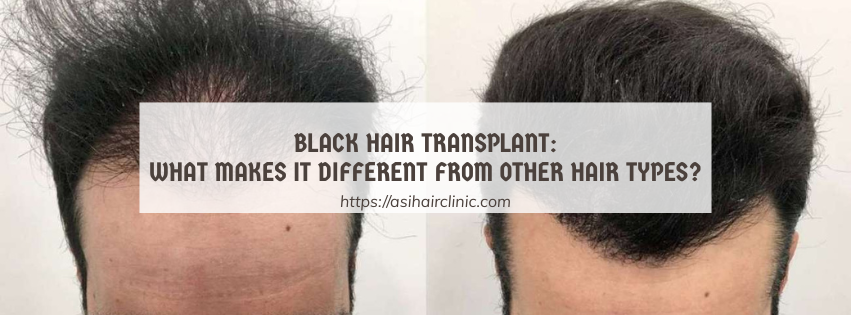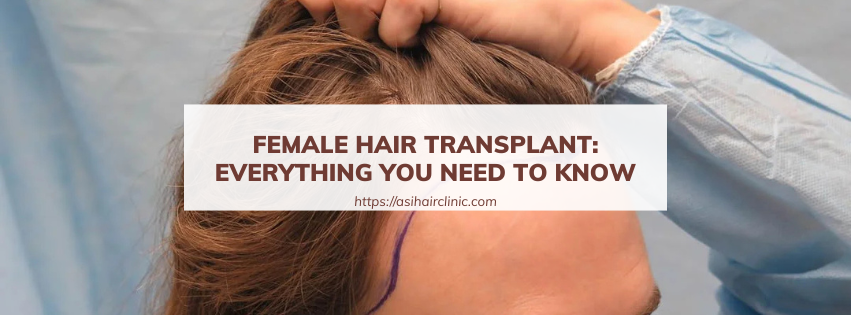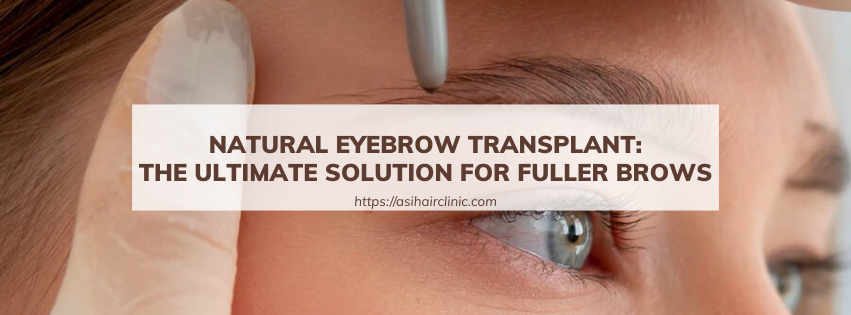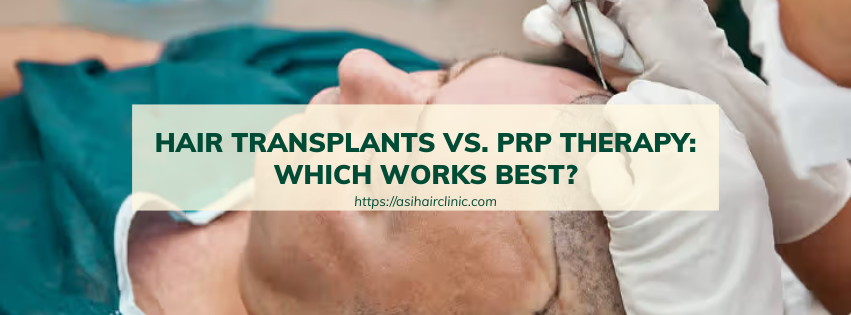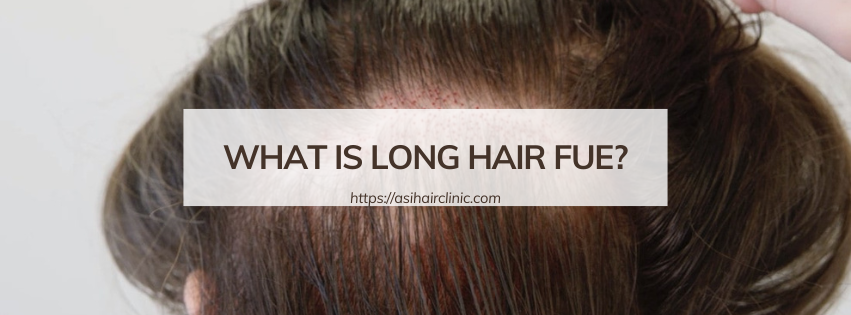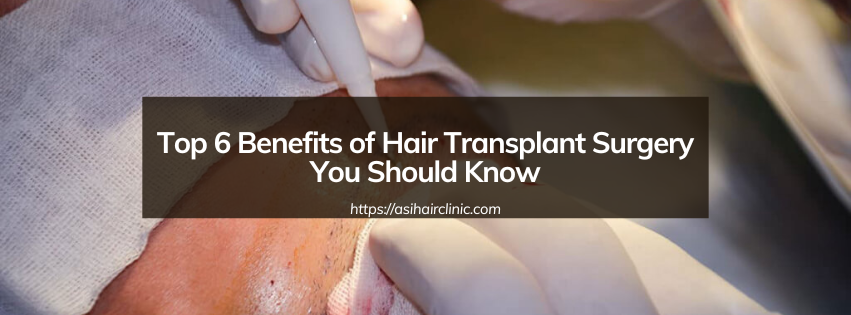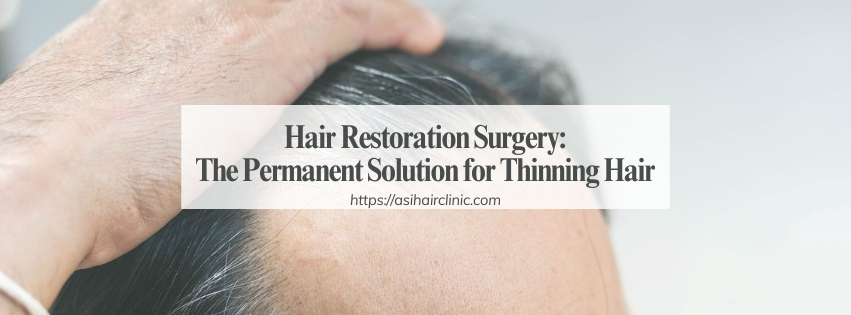Top 5 Hair Loss Treatments That Actually Work
Hair loss is a common concern for many individuals, affecting their confidence and self-esteem. Understanding effective hair loss treatments can greatly help those who are struggling with this issue. In this article, we will explore various hair loss treatment options that have proven to be effective.
1. What Causes Hair Loss?
Understanding the underlying causes of hair loss is vital in selecting the appropriate treatment. Hair loss can stem from a variety of factors, including genetics, hormonal changes, medical conditions, and lifestyle habits.
1.1. Common Causes of Hair Loss
Genetics is one of the most prevalent reasons for hair loss, often referred to as androgenetic alopecia or male/female pattern baldness. This hereditary condition leads to gradual thinning of hair over time, typically starting at the temples or crown. Other contributing factors include hormonal fluctuations during pregnancy, menopause, or thyroid issues, which can impact hair health.
Stress is another significant factor that can lead to temporary hair loss, known as telogen effluvium. When the body undergoes physical or emotional stress, it can push more hair follicles into the resting phase, causing increased shedding. Nutritional deficiencies, particularly lack of essential vitamins and minerals such as iron, vitamin D, and biotin, can also significantly affect hair growth.
1.2. When Should You Seek Treatment?
If you notice gradual thinning, patchy hair loss, or excessive shedding, it's crucial to consult a healthcare provider or dermatologist. Early intervention is often key in managing hair loss effectively. Additionally, if you experience sudden hair loss accompanied by other symptoms like itching, redness, or scaling, professional assessment is advisable to rule out any underlying medical conditions.
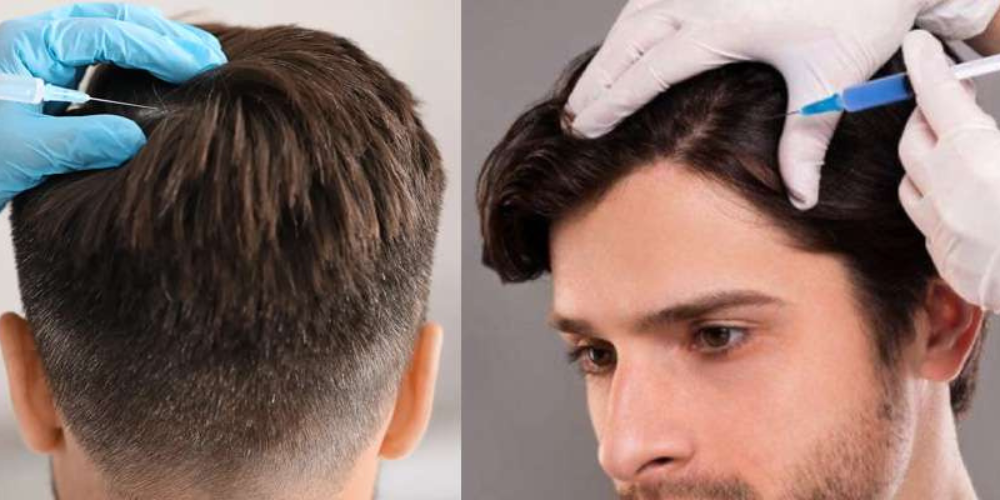
2. Top 5 Hair Loss Treatments That Actually Work
Now that we've identified the causes of hair loss, let's delve into the top five treatments that have garnered attention for their effectiveness in combating hair loss.
2.1. Minoxidil (Rogaine)
Minoxidil, commonly known by its brand name Rogaine, is an over-the-counter topical solution widely used for treating hair loss. Its mechanism of action involves dilating blood vessels in the scalp, promoting blood flow, and thereby stimulating hair follicles.
One of the significant advantages of minoxidil is its accessibility. Available in both liquid and foam forms, users can easily incorporate it into their daily routines. However, consistency is key; users must apply it twice a day for optimal results.
While some may experience visible regrowth within a few months, others may take longer, and individual responses vary. Side effects like scalp irritation or unwanted facial hair growth can occur but are generally mild. For many, minoxidil represents a reliable treatment option that has helped restore confidence.
2.2. Finasteride (Propecia)
Finasteride, marketed under the brand name Propecia, is an oral medication specifically designed for men experiencing hair loss. It works by inhibiting the enzyme 5-alpha-reductase, responsible for converting testosterone into dihydrotestosterone (DHT), a hormone closely linked to hair loss.
By lowering DHT levels, finasteride helps prevent further hair loss and can even promote regrowth in some cases. It is important to note that this medication is only FDA-approved for use in men and is not recommended for women, especially during pregnancy due to potential risks.
Although effective, finasteride may take several months to show results, and users must adhere to long-term use for sustained benefits. Potential side effects, including sexual dysfunction, can deter some individuals, leading them to explore alternative treatments.
2.3. PRP (Platelet-Rich Plasma) Therapy
Platelet-rich plasma (PRP) therapy has emerged as a popular non-surgical treatment option for hair loss. The process begins with drawing a small amount of the patient's blood, which is then processed to isolate the platelets known for their growth-factor properties.
Once concentrated, the PRP is injected into the scalp where hair thinning occurs. The growth factors present in the platelets stimulate dormant hair follicles, encouraging new hair growth and increasing the thickness of existing strands.
PRP therapy is generally safe, as it utilizes the patient's blood, minimizing the risk of adverse reactions. Most patients require multiple sessions spaced weeks apart for optimal results. Although some may notice improvements after just a few sessions, full results may take up to six months to become apparent.
2.4. Hair Transplant Surgery
For those seeking a more permanent solution, hair transplant surgery offers a viable option. This surgical procedure involves relocating hair follicles from a donor site (usually the back or sides of the head) to balding areas. There are two primary techniques: follicular unit transplantation (FUT) and follicular unit extraction (FUE).
FUT involves removing a strip of scalp and dissecting it into individual grafts, while FUE extracts individual hair follicles directly from the scalp. Both methods yield natural-looking results and can provide a lifelong solution to hair loss.
Recovery times vary, but many people return to normal activities within a week. Patients must follow post-operative care guidelines to ensure proper healing and successful hair growth. As with any surgical procedure, there are risks involved, and consulting with a qualified surgeon is essential to assess candidacy.
2.5. Low-Level Laser Therapy (LLLT)
Low-level laser therapy (LLLT) is a non-invasive treatment option that uses red light wavelengths to stimulate hair follicles. This technique promotes cellular activity, increases blood circulation, and enhances hair growth.
LLLT devices, including laser combs and helmets, allow individuals to use this technology conveniently at home. Regular sessions are required for optimal results, with users typically seeing improvements within a few months.
Safety is a significant advantage of LLLT, making it suitable for both men and women. While some may question its efficacy compared to other treatments, many users report positive outcomes, making it a compelling option to consider.
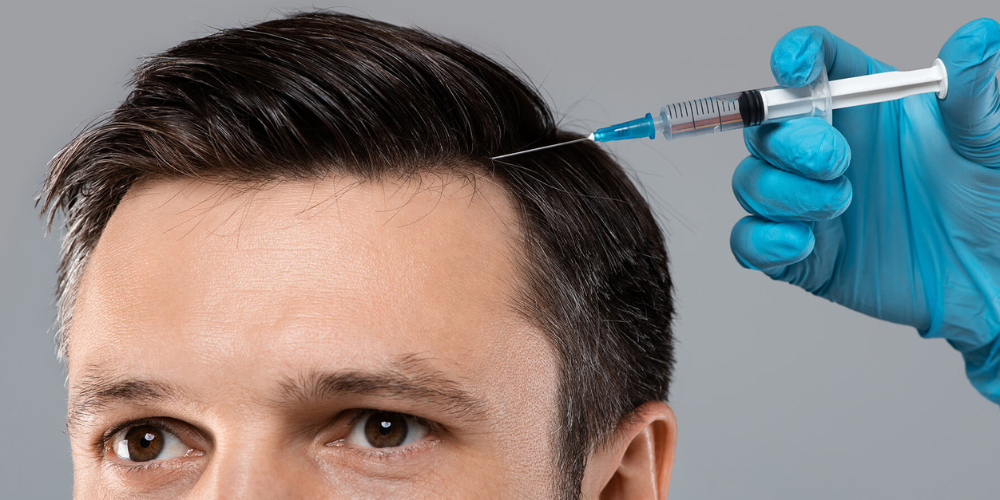
3. How to Choose the Right Hair Loss Treatment for You
With a plethora of hair loss treatments available, selecting the right one can be challenging. Several factors should guide your decision-making process, including the cause of your hair loss, personal preferences, and expected outcomes.
When considering treatments, begin with a thorough consultation with a healthcare professional or dermatologist. They can help diagnose the underlying cause of your hair loss and recommend suitable options tailored to your individual needs.
Consider your lifestyle and how much time you're willing to invest in treatment. Some options, like topical solutions, require daily application, while others, like surgical procedures, demand more commitment in terms of recovery and aftercare.
Additionally, weigh the potential side effects and costs associated with each treatment. Some medications may have long-term implications, while others may require ongoing financial investment. Ultimately, finding a balance between efficacy, convenience, and cost will lead you to the most appropriate hair loss treatment.
4. FAQs About Hair Loss Treatments
As you navigate through the world of hair loss treatments, you may have questions regarding their effectiveness, safety, and processes. Here are some frequently asked questions:
4.1. How long does it take to see results?
The timeline for visible results varies depending on the treatment type. With minoxidil and finasteride, users may start noticing improvements within three to six months. PRP therapy might take several sessions before noticeable changes appear, often around six months. Hair transplant results become more evident after about six to twelve months, as newly transplanted hair grows in.
4.2. Are these treatments safe?
Most hair loss treatments are considered safe when used as directed. Minoxidil and finasteride have undergone rigorous testing and are FDA-approved for their intended uses. PRP therapy and LLLT are also regarded as safe, though potential side effects exist. Always consult with a healthcare professional to evaluate the safety of a specific treatment based on your medical history.
4.3. Can women use Finasteride?
Finasteride is not recommended for women, particularly those who are pregnant or planning to conceive, due to the risk of birth defects. Women experiencing hair loss may find other treatments like minoxidil or PRP therapy to be safer alternatives. It's vital for women to discuss their options with a healthcare provider experienced in treating female hair loss.
4.4. Is hair loss reversible?
In many cases, hair loss can be reversed or managed effectively, especially if addressed early. Treatments like minoxidil and finasteride can yield positive results for many individuals. Surgical options like hair transplants can also provide lasting solutions. However, the extent of reversibility depends on the underlying cause and how advanced the hair loss is by the time treatment begins.
4.5. How much does a hair transplant cost?
The cost of hair transplant surgery can vary widely based on factors such as location, surgeon expertise, and the number of grafts needed. On average, costs can range from a few thousand to tens of thousands of dollars. It's essential to research and consult with experienced professionals for estimates and to understand what the procedure entails.
Conclusion
Hair loss can be a distressing experience, but understanding the available treatment options empowers individuals to make informed decisions. From topical solutions like minoxidil to innovative therapies such as PRP and hair transplant surgeries, several avenues exist for addressing hair loss effectively. Consulting with healthcare professionals and weighing personal preferences are crucial steps in finding the right hair loss treatment. Remember, early intervention and consistent effort often lead to the best outcomes in restoring hair and confidence.
LATEST POSTS

